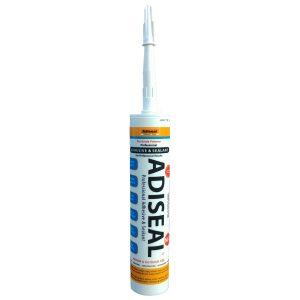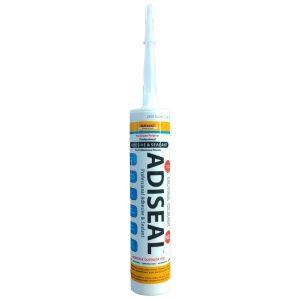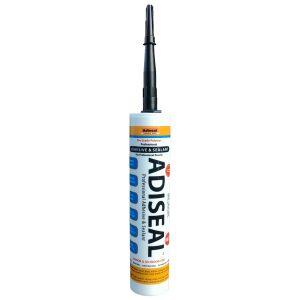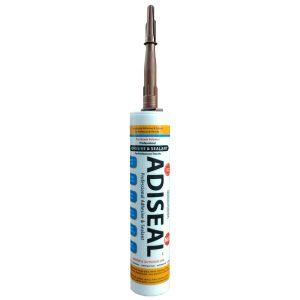Underwater Sealant
Underwater Sealant | Effective Sealing in Submerged Environments
When it comes to sealing in submerged environments, an underwater sealant is an indispensable solution. In this article, we will explore the capabilities, applications, and benefits of underwater sealants. Discover how these specialized sealants provide reliable and long-lasting sealing in underwater projects.

Understanding Underwater Sealant
1. The Purpose and Importance of Underwater Sealant:
– It is specifically formulated to withstand constant water exposure and create a watertight barrier in submerged applications.
– Its primary function is to prevent water leakage and protect against damage caused by water intrusion.
2. Applications of the Sealants:
– The products find wide applications in various industries and projects that involve submerged environments.
– They are commonly used in swimming pools, aquariums, water tanks, and marine structures, among others.
Benefits and Features
1. Watertight Sealing:
– It excel in creating watertight seals, preventing water from seeping through cracks, gaps, or joints in submerged surfaces.
– They provide effective protection against leaks and potential water damage.
2. Compatibility with Different Materials:
– It exhibit excellent adhesion to various materials commonly found in underwater projects, such as concrete, fiberglass, and metal.
– They form a strong bond, ensuring durable and reliable sealing in diverse submerged applications.
3. Resistance to Water and Chemicals:
– These sealants are designed to withstand continuous water exposure without compromising their sealing capabilities.
– They are also resistant to chemicals, including chlorine and saltwater, making them ideal for swimming pools and marine environments.
4. Flexibility and Durability:
– They offer flexibility, accommodating movements and expansions caused by temperature fluctuations and structural changes.
– They maintain their sealing integrity over time, providing long-lasting performance in challenging underwater conditions.
Best Practices for Application
1. Surface Preparation:
– Thoroughly clean and dry the surfaces to be sealed, removing any debris, grease, or loose materials.
– Ensure the surfaces are smooth and free from contaminants for optimal adhesion.
2. Application Techniques:
– Use a caulking gun or specialized dispensing tool to apply the underwater sealant.
– Apply a continuous and even bead of sealant along the desired areas, covering the gaps or joints completely.
3. Curing and Drying Time:
– Allow the product to cure according to the manufacturer’s instructions, ensuring sufficient drying time before exposing it to water.
– Follow the recommended cure time to achieve the best sealing results.
Conclusion
Underwater sealants play a crucial role in maintaining the integrity and functionality of submerged structures. With their ability to create watertight seals, resist water and chemicals, and provide flexibility and durability, they are an essential component of underwater projects. By following proper surface preparation and application techniques, you can harness the full potential of the product and ensure effective sealing in any submerged application. Whether it’s a swimming pool, aquarium, or marine structure, underwater sealant provide the reliability and performance needed for successful underwater sealing projects.
Showing all 5 resultsSorted by popularity




